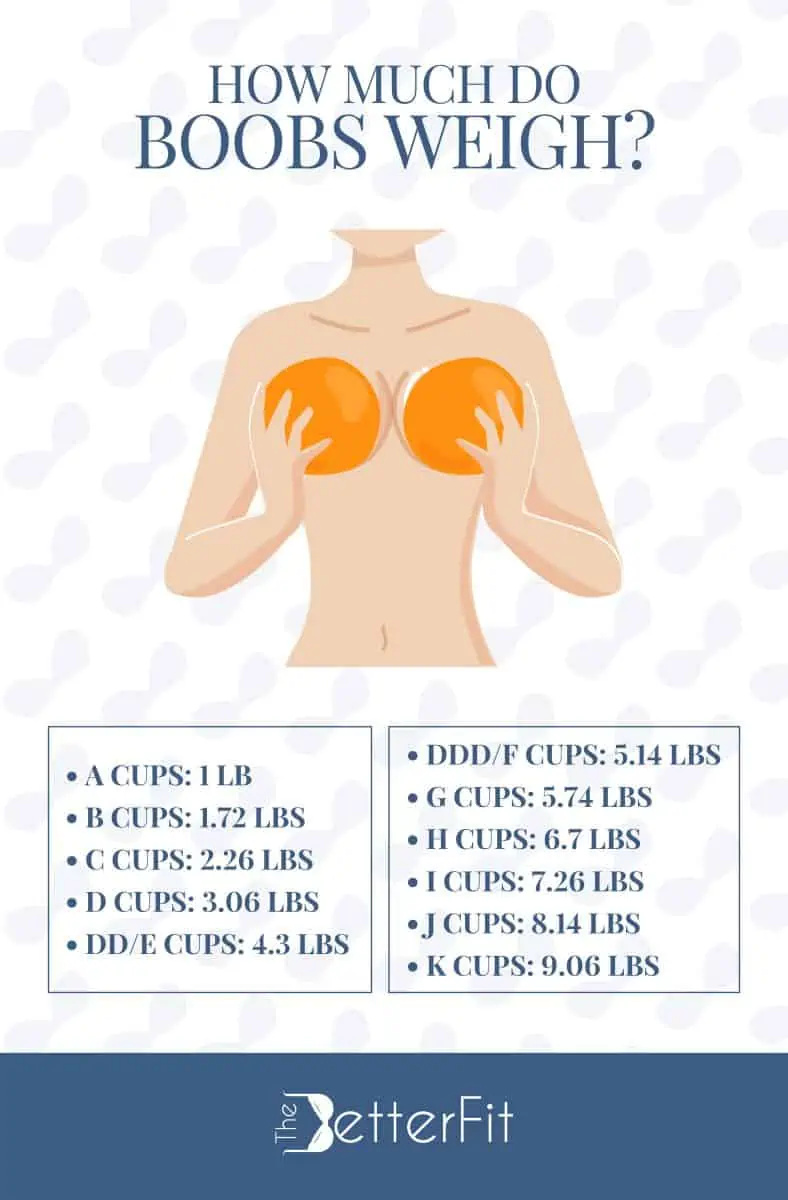Breast weight can be an important factor for various reasons, such as considering surgery, finding the right sports bra, or understanding body weight distribution. However, calculating this isn’t always straightforward, as breasts are composed of fatty tissue, glandular tissue, and connective tissue, making them unique to each person. To help with this, various methods and calculators have been designed to provide an estimate of breast weight. Below, we’ll explore different tools and techniques to make this calculation, each with its own approach suited for different needs and levels of accessibility.

Water Displacement Method
The water displacement method is a scientific approach to measure breast volume, which can then be used to estimate weight. In this technique, the volume of water displaced is measured when the breast is submerged.
Detailed Steps:
- Fill a large enough basin or container with water to the brim.
- Place a second empty container below to catch the overflow.
- Submerge your breast fully in the water without touching the container’s base.
- Measure the volume of water that overflowed into the second container.
- Convert the displaced water volume to weight, using the principle that 1 milliliter of water weighs approximately 1 gram.
Summary
The water displacement method is scientific and potentially accurate but may be impractical for many people due to its messiness and the need for privacy. Moreover, it requires careful measurement and conversion.
Professional Fitting
Seeing a professional for a bra fitting can also provide information on breast size and an approximation of weight.
Detailed Steps:
- Look for a lingerie store or a department store that offers professional bra fittings.
- During the fitting, the professional will measure your band and bust size.
- Ask the fitter if they can provide an estimate of your breast volume or weight.
Summary
Professional fittings are less about exact weight and more about finding the right support. They offer personalized advice but might not give a specific measurement in terms of weight.
Breast Size and Weight Chart
Charts are available that estimate breast weight based on bra size.
Detailed Steps:
- Determine your correct bra size, either by self-measurement or professional fitting.
- Find a reputable breast size and weight chart online or in lingerie stores.
- Match your bra size to the chart to find an estimated breast weight.
Summary
Using a chart is easy and non-invasive. However, the information might not be very accurate as it relies on general estimates.
3D Body Scanning Technology
Some high-tech methods involve 3D scanning to determine volume and approximate weight.
Detailed Steps:
- Locate a facility that offers 3D body scanning services.
- Undergo a 3D scan, which is generally quick and non-invasive.
- Analyze the data with the help of the technician to estimate breast volume and weight.
Summary
This method is likely the most accurate but can be costly and is not widely available. It’s non-invasive and quick.
Online Calculators
Some websites offer online calculators that estimate breast weight based on bra size.
Detailed Steps:
- Know your current, properly measured bra size.
- Enter your bra size into the online calculator.
- Review the estimated weight given by the calculator.
Summary
Online calculators are user-friendly and accessible. However, they might not be very accurate, as they use standard formulas that do not account for individual differences.
Measurement and Density Estimation
You can manually measure your breasts and estimate density to gauge weight.
Detailed Steps:
- Measure the circumference of your breast at the fullest part.
- Estimate the length from the base of the breast to the nipple.
- Use a formula or an online tool to calculate volume based on these measurements.
- Estimate the density based on feel (softer breasts tend to have more fatty tissue, which is less dense).
Summary
With care and good estimation, this method can provide a reasonable guess but it requires subjective judgment and some understanding of breast anatomy.
App-Based Volume and Weight Estimation
Applications for smartphones and tablets may offer a convenient method for breast volume and weight estimation.
Detailed Steps:
- Download and install an app designed for body measurements.
- Follow the app’s instructions to take pictures or input measurements.
- Receive an estimated weight based on the data provided.
Summary
App-based estimations are practical and can be done privately. However, the accuracy is dependent on the technology and user input.
Tips and Tricks for Estimating Breast Weight
For a more general understanding, consider these tips and tricks for estimating breast weight.
Detailed Steps:
- Get familiar with the sizes and weights of common objects, such as bags of sugar, for comparison.
- Use the hand-weight comparison: use your hand to lift your breast and estimate the weight by comparing it to lifting a known weight.
- Remember that weight can fluctuate due to hormonal changes, so consider timing when assessing your breast weight.
Summary
These tips offer a rough approximation and are easily accessible. They rely heavily on personal judgment, so they won’t provide precise measurements but can help with general understanding.
Considerations for Breast Health
Understanding breast weight can offer insights into breast health and the importance of proper support.
Detailed Steps:
- Acknowledge the potential impact of breast weight on posture and spinal alignment.
- Consider the role of properly fitted bras in reducing strain on the back and shoulders.
Summary
Estimating breast weight has practical benefits for choosing supportive garments and understanding bodily health. However, it should not replace professional health advice or consultations.
Consult a Healthcare Provider
For concerns about breast weight in relation to health, consulting a healthcare provider is advisable.
Detailed Steps:
- Schedule an appointment with your doctor to discuss any concerns.
- Prepare to provide information about symptoms or issues related to breast weight.
- Follow your healthcare provider’s advice for management, which might include referrals to specialists.
Summary
Consulting a healthcare provider ensures professional and personalized advice based on medical expertise, though it can be time-consuming and might involve various tests or appointments.
In conclusion, while measuring breast weight is a unique challenge due to the individual nature of breast tissue and composition, there are various methods from scientific approaches to more casual estimations and professional consultations that can offer insight. Whether done through water displacement, professional fittings, or technological solutions, understanding breast weight serves practical purposes and can contribute to overall well-being and comfort.
FAQs
Q: Can I accurately measure my breast weight at home?
A: While you can estimate breast weight at home using various methods, the exact accuracy might be difficult to achieve without professional or specialized equipment.
Q: Do breast weight calculators take into account factors like density and hormonal changes?
A: Most online breast weight calculators use general estimates and may not factor in individual variations such as density or hormonal changes that can affect breast weight.
Q: Is it necessary to know the exact weight of my breasts?
A: For most people, an exact measurement of breast weight isn’t necessary. Usually, a general understanding is sufficient for choosing clothing or understanding changes in body weight. However, precise measurements might be important for medical or surgical reasons.









